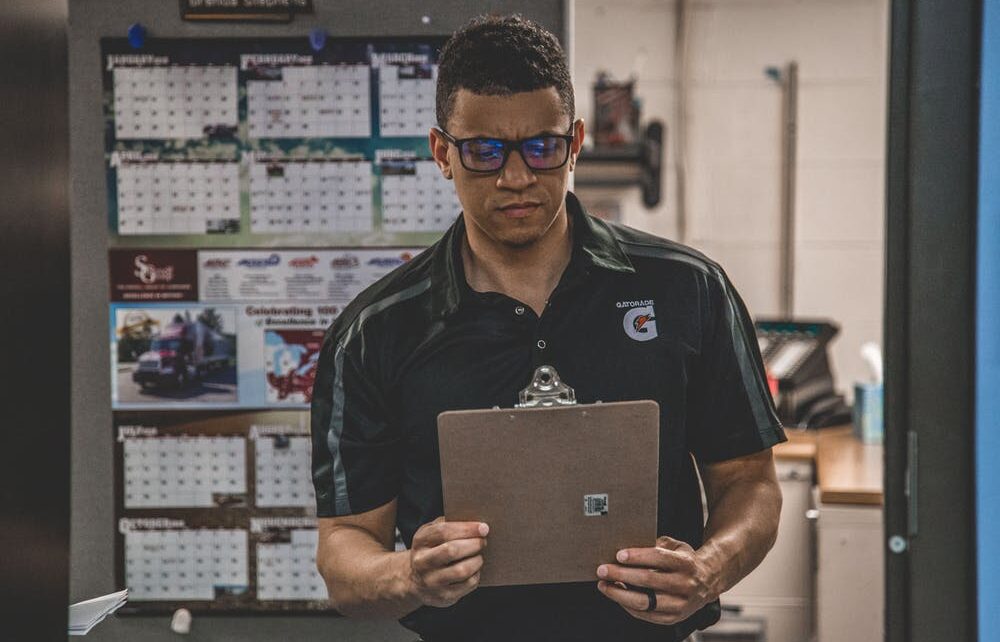In the rapidly evolving landscape of global commerce, one concept has risen to prominence, not just as a trend but as a crucial pillar for sustainability and efficiency: reverse logistics. This process, often overlooked in the past, is now recognized for its potential to transform how businesses operate, reduce waste, and enhance customer satisfaction. But what exactly is reverse logistics, and why is it becoming increasingly important in our fight against environmental challenges? Let’s delve into the intricacies of this concept, exploring its benefits, challenges, and the pivotal role it plays in paving the way for a greener future.
The Essence and Importance of Reverse Logistics
Reverse logistics refers to the process of moving goods from their typical final destination back to the manufacturer or a designated location for reuse, recycling, or disposal. This reverse flow of goods is integral to a sustainable business model, enabling companies to recover value from used products and packaging. It encompasses a wide range of activities, from the return of products by consumers to the remanufacture or refurbishment of products and the recycling of materials.
The importance of reverse logistics has been magnified by the growing consumer awareness of environmental issues and the increasing regulatory pressures on companies to reduce their carbon footprint. By efficiently managing the return process, businesses can significantly cut down waste, lower disposal costs, and reduce the environmental impact of their operations. Moreover, a robust reverse logistics system can enhance customer loyalty by providing a seamless experience for returns and exchanges.
Challenges and Strategies in Reverse Logistics
Despite its benefits, implementing an effective reverse logistics strategy poses several challenges. The process can be complex and costly, requiring significant investment in technology, logistics infrastructure, and process re-engineering. Companies must navigate the logistical hurdles of collecting, sorting, and transporting returned goods, often dealing with items that are damaged or no longer in their original packaging.
To overcome these challenges, businesses are adopting innovative strategies and technologies. For example, optimising return management processes has become a key focus area, with companies leveraging data analytics to forecast returns and plan accordingly. Additionally, partnerships with third-party logistics providers can offer expertise and infrastructure, easing the burden on companies.
The Role of Reverse Logistics in a Circular Economy
At its core, reverse logistics is a fundamental component of the circular economy, a model that aims to keep resources in use for as long as possible. By facilitating the return and recycling of products, reverse logistics helps reduce the demand for new materials, conserves energy, and minimises waste. It’s a pathway to transforming our linear economy – where products are made, used, and disposed of – into a circular one, where resources are reused and regenerated.
Conclusion: Embracing Reverse Logistics for a Sustainable Future
As the world grapples with the urgent need for environmental sustainability, reverse logistics offers a promising solution. By rethinking and redesigning the end-of-life phase of products, companies can not only mitigate their environmental impact but also uncover new opportunities for value creation. The journey towards a greener future is complex and requires the collective effort of businesses, consumers, and governments. Yet, by embracing reverse logistics, we take a significant step forward, proving that commerce can indeed be compatible with conservation.




